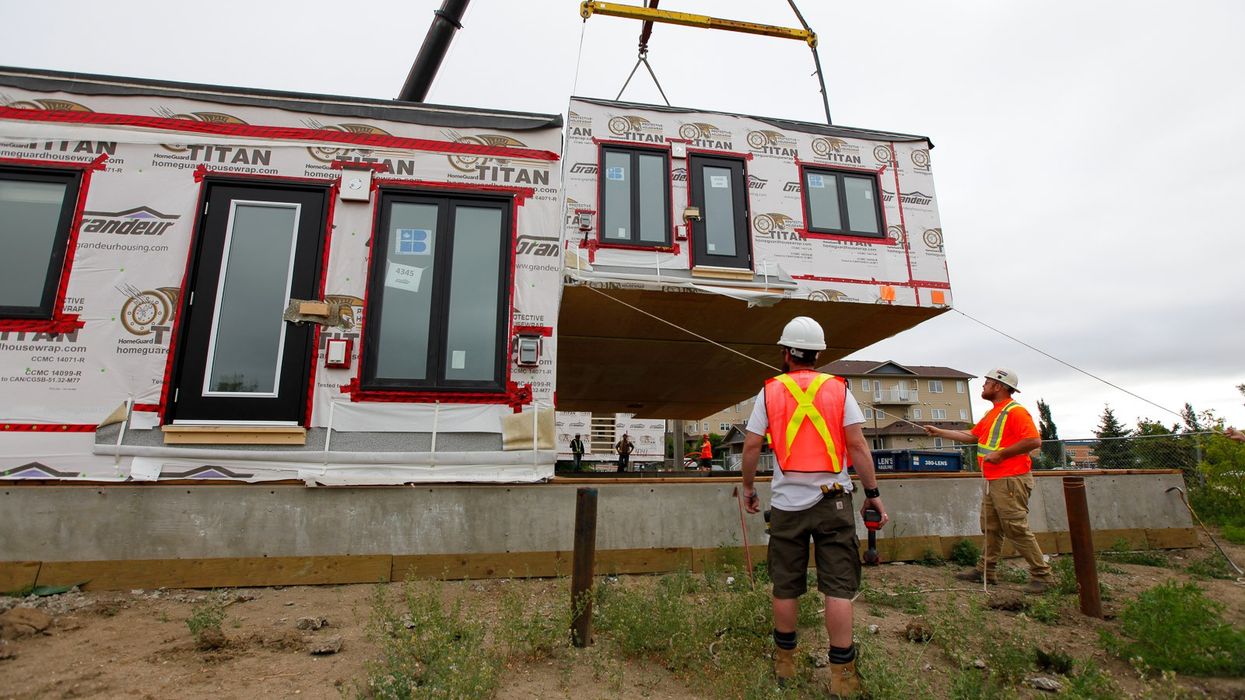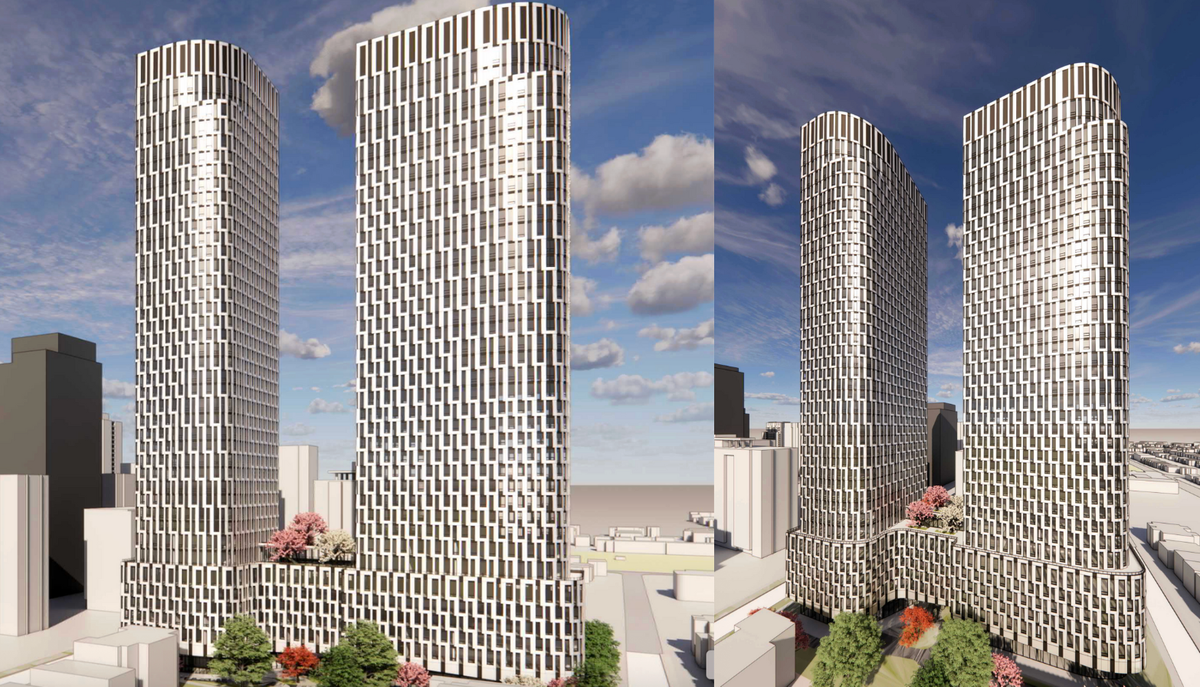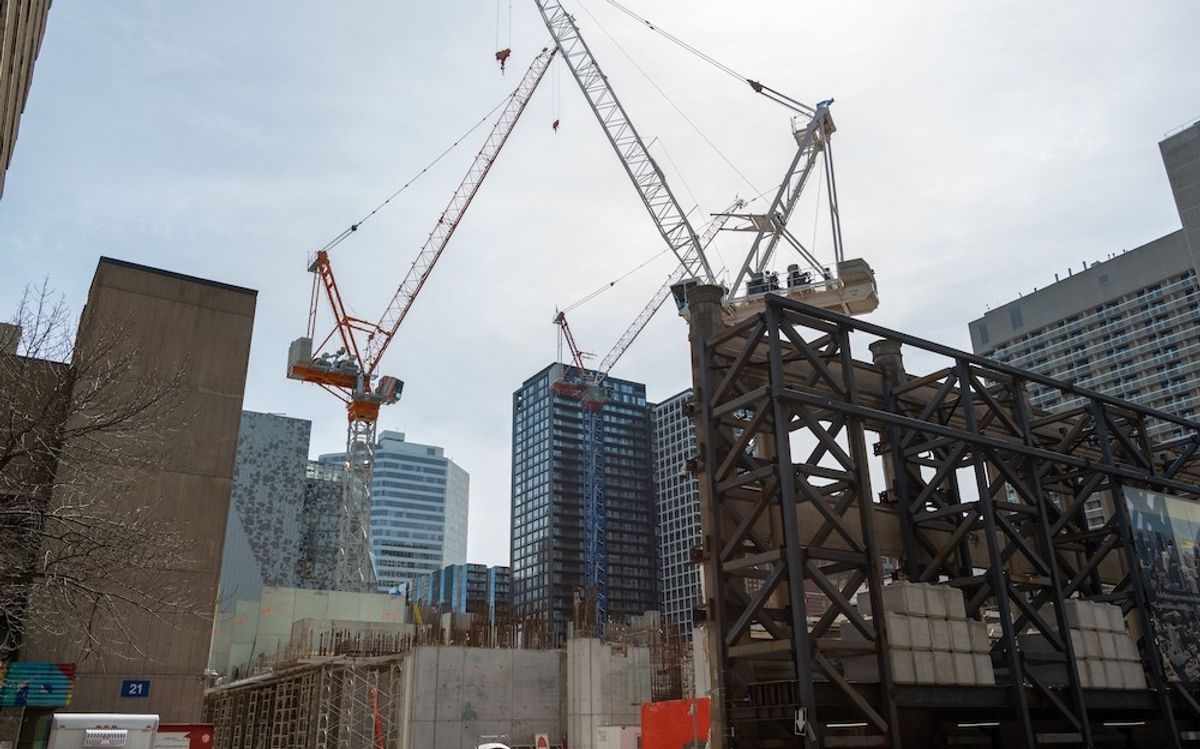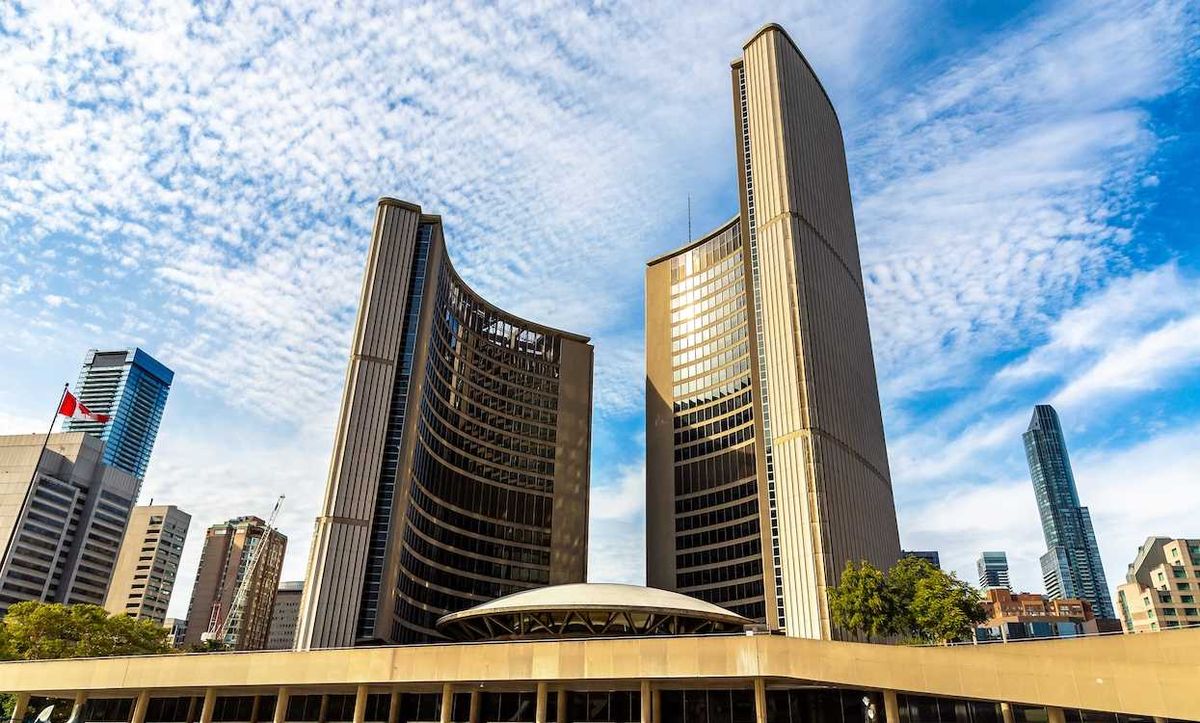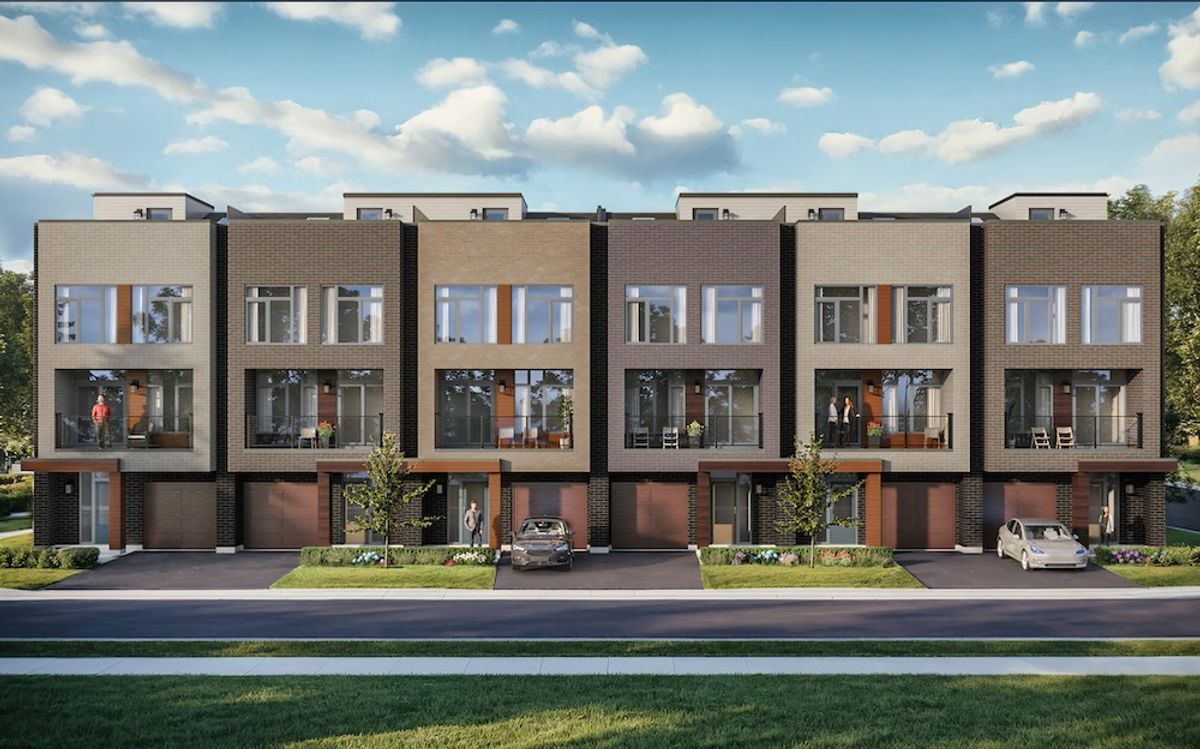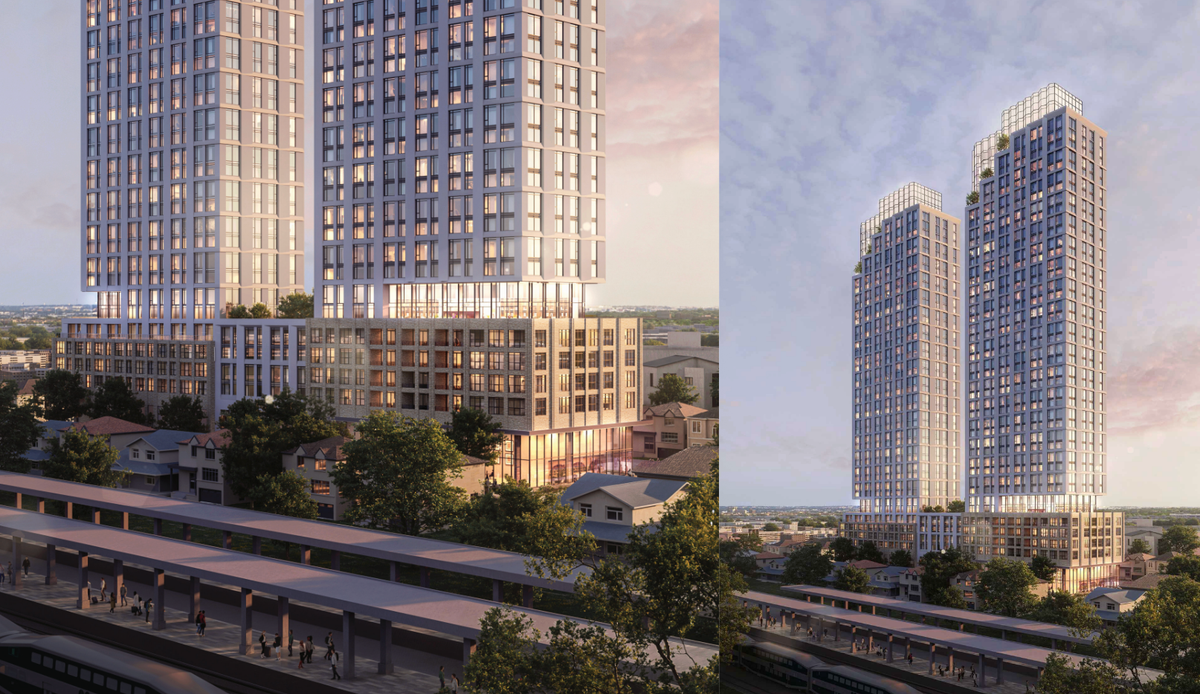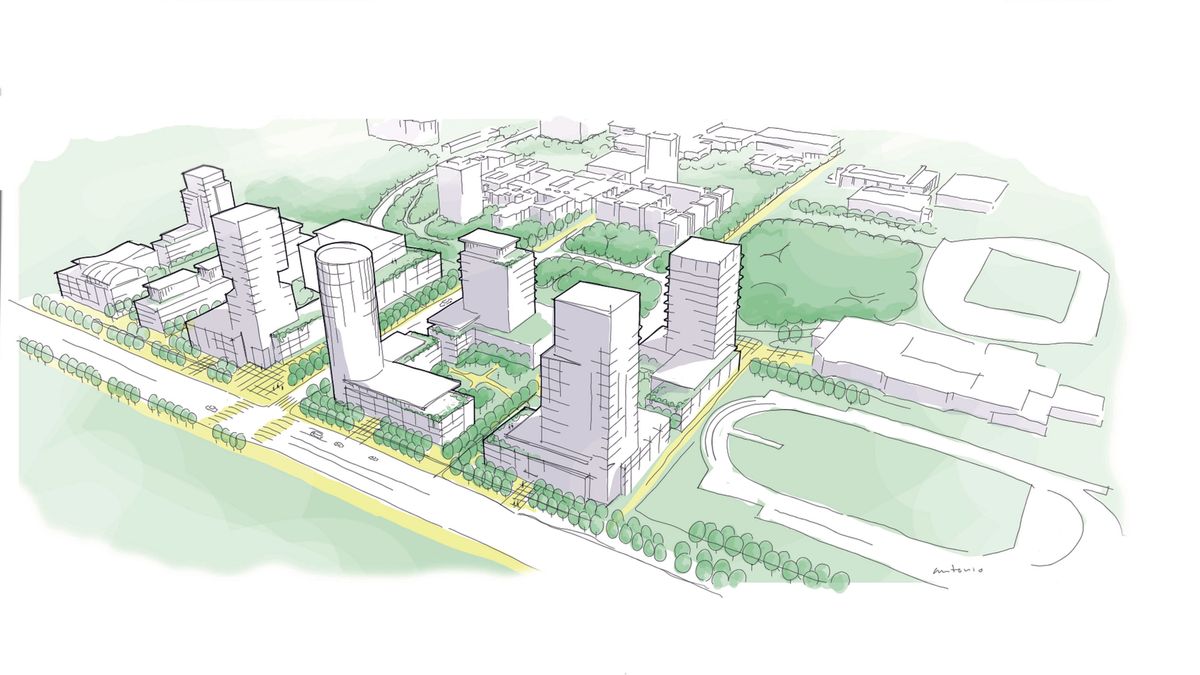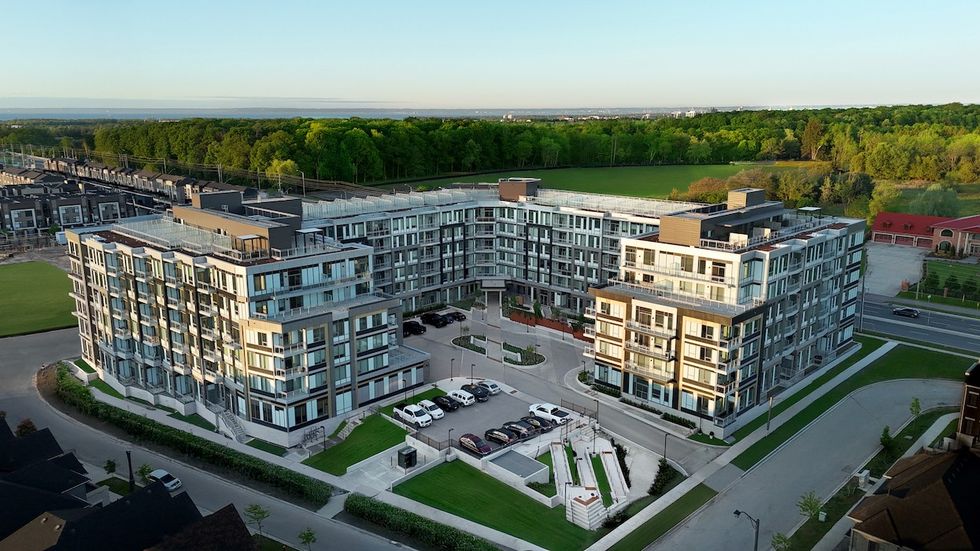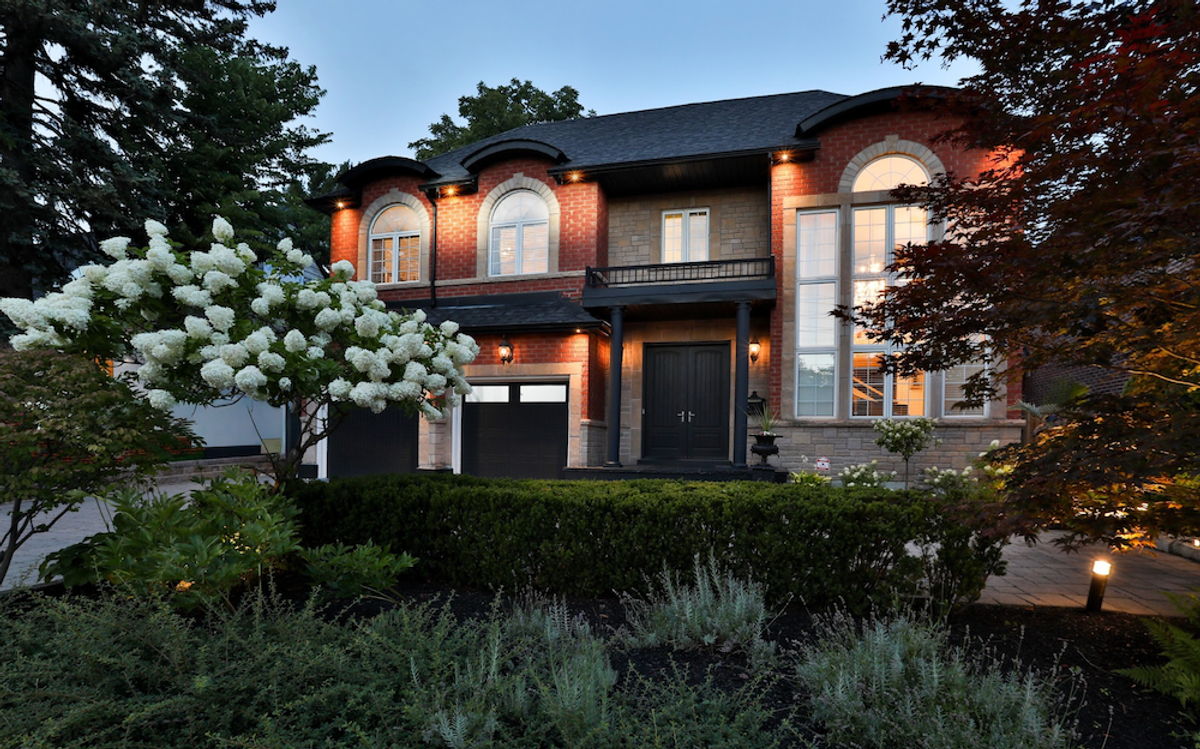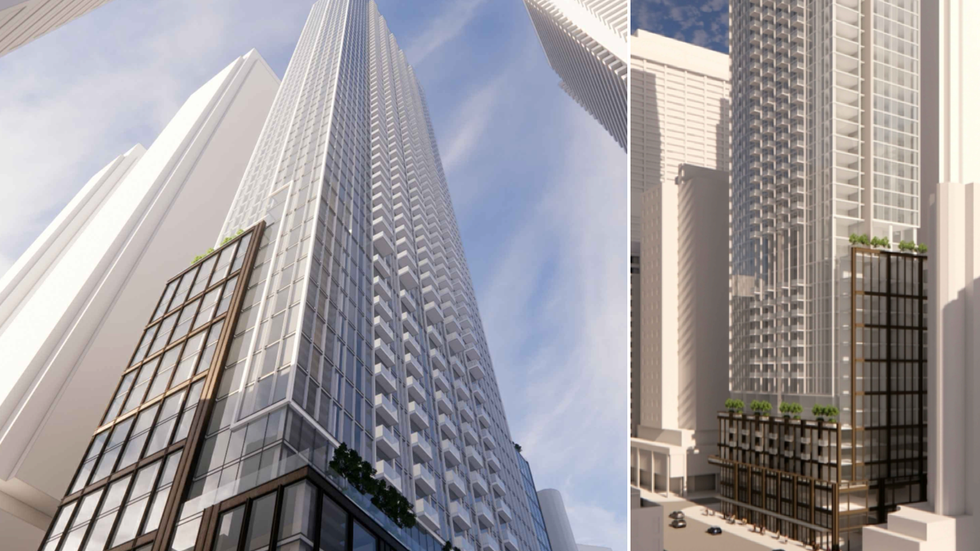This article was submitted by Cathy Polan, President of the Ontario Real Estate Association (OREA)).
Ontario’s housing crisis has reached a breaking point. But we’re in a unique moment. With elections now over, we have a new Prime Minister who is eager to grow the economy and a Premier with a renewed mandate – both of whom are committed to not just addressing the housing crisis, but to using innovative solutions, like factory-built housing, to tackle it head on.
With threats of tariffs south of the border and a desire to have more homegrown options for Canadians, factory-built – or prefabricated – housing offers a ‘Made-in-Ontario’ solution. We have everything we need – the timber, the steel, and the factories – right in our backyard, all we need now is the framework to make it happen.
At the Ontario Real Estate Association (OREA), we recently released a report, Building More, Building Faster, which highlights policy recommendations that would cut red tape and create favourable conditions for investment to significantly boost factory-built housing construction. Factory-built homes are made, constructed, or fabricated in off-site manufacturing facilities, then shipped to the final address for assembly and installation. This allows for both home construction and site preparation to occur simultaneously, saving up to as much as 20 to 50% in construction time, without compromising quality or neighbourhood aesthetics.
But misconceptions about the quality and benefits of factory-built housing, paired with outdated regulatory red tape and the lack of an adequate framework allowing companies to scale, are preventing these homes from being built at the speed necessary to meet demand.
RELATED: How Far Will Carney’s $26B Prefab Promise Get Us In A Housing Crisis?
As a REALTOR® myself, I’ve shown countless factory-built homes that look just like traditionally built ones in a neighbourhood – they’re nearly indistinguishable. More than anything else, these homes offer those dreaming of homeownership what they want most of all – a place for their families to grow and thrive.
To address outdated regulations, one of the most important recommendations in our report is exempting factory-built housing from archaic “spring thaw” restrictions under the provincial Highway Traffic Act. Each year, provinces across Canada, including Ontario, enforce reduced truckload restrictions to protect roads from damage, resulting in severe slowdown.
Unlike traditional construction, factory-built homes are transported one way to their final address, placing significantly less stress on the road. If we want to get more homes built, faster, Ontario should amend the Highway Traffic Act to recognize factory-built construction as its own category of exemptions.

To quickly bring more supply to market, the Government of Ontario should also be looking for ways to encourage public-private partnerships, which are long-term agreements between governments and private companies to deliver public infrastructure and services. If the Province provided private manufacturers with pre-approved, zoned, surplus government land, and committed to a goal of building 5,000 to 10,000 factory-built homes annually, it would create the conditions for the industry to grow and thrive, and would have a significant impact on homebuilding across Ontario.
Prime Minister Mark Carney and the Liberal Party of Canada have been vocal about supporting homebuilding through the Build Canada Homes (BHC) entity, which includes providing financing to prefabricated home builders. Premier Ford committed to investing $50 million into prefabricated homes and innovative homebuilding technologies, aiming to stimulate economic growth and support their goal of building 1.5 million new homes by 2031.
We need innovative solutions if we want to solve the housing crisis. With our provincial and federal leaders in place, now is the time to work together and take pride in our Team Canada approach to build a stronger, more resilient housing system, using policies, labour, and materials made right here in Ontario.
